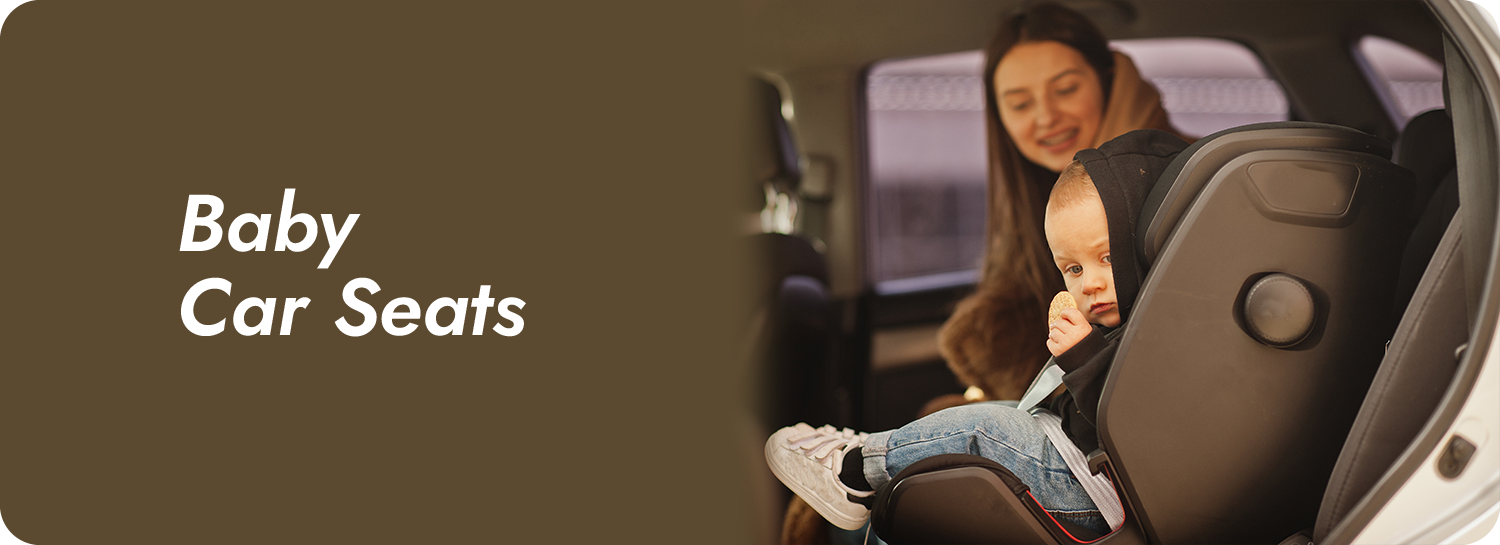
Car seats are one of the most critical pieces of equipment for ensuring the safety of infants and young children while traveling in vehicles. Understanding proper usage and adhering to safety guidelines is paramount to protect children in the event of a collision. Here’s a comprehensive overview of car seat safety and its uses:
Car Seat Safety:
Proper Installation: Ensure the car seat is installed correctly according to both the manufacturer’s instructions and your vehicle’s manual. Improper installation can compromise its effectiveness in protecting your child during a crash.
Age and Size Appropriateness: Choose a car seat that is appropriate for your child’s age, weight, and height. There are different types of car seats available, including rear-facing infant seats, convertible seats, forward-facing seats, and booster seats, each designed for specific age groups and weight ranges.
Secure Harness System: Always use the harness system provided by the car seat, and ensure it fits snugly around your child. The harness straps should be at or below your child’s shoulders for rear-facing seats and at or above the shoulders for forward-facing seats.
Proper Positioning: For rear-facing seats, position the car seat at a reclined angle to support your child’s head and neck. Ensure there is no more than one inch of movement at the belt path when installed properly.
Avoid Bulky Clothing: Remove bulky clothing, such as winter coats, before securing your child in the car seat. Bulky clothing can create slack in the harness straps, reducing their effectiveness in a crash.
Avoid Second-Hand Seats: It’s generally recommended to avoid using second-hand car seats, as they may have been involved in a previous crash or may be expired. Additionally, ensure that the car seat has not been recalled by checking the manufacturer’s website or database.
Regular Inspection: Regularly inspect the car seat for signs of wear and tear, including frayed straps, cracked plastic, or loose parts. Replace the car seat if it shows any signs of damage or if it has reached its expiration date.
Airbag Safety: Never place a rear-facing car seat in the front seat of a vehicle equipped with a front passenger airbag, as it can pose a serious risk to your child in the event of a crash.
Uses of Car Seats:
Everyday Transportation: Car seats are essential for safely transporting infants and young children in vehicles, whether it’s for short trips around town or longer journeys.
Traveling: Car seats are indispensable for travel, whether by car, plane, or other modes of transportation. Many car seats are designed to be lightweight and portable, making them easy to transport.
Public Transport: Some car seats are compatible with stroller systems, allowing for seamless transitions between car travel and walking in public spaces.
Rental Cars: When traveling, renting a car seat along with a rental vehicle is an option, although it’s essential to ensure that the rented car seat meets safety standards and is installed correctly.
Taxi Rides and Ride-Sharing Services: Car seats are necessary for children traveling in taxis or ride-sharing vehicles. Many cities have regulations requiring children to be properly restrained in car seats while riding in taxis.
Emergency Preparedness: Keeping a spare car seat in your vehicle can be useful for unexpected situations where additional transportation is needed for children.
Car Pooling: Car seats allow for safe transportation of multiple children in carpooling situations, ensuring each child has appropriate protection.
Family Visits: When visiting friends or family who do not have a car seat, bringing your own ensures your child’s safety during transportation.
In summary, car seats are indispensable for ensuring the safety of infants and young children while traveling in vehicles. By following proper installation procedures, adhering to safety guidelines, and understanding the various uses of car seats, parents can provide their children with the highest level of protection during car travel.
